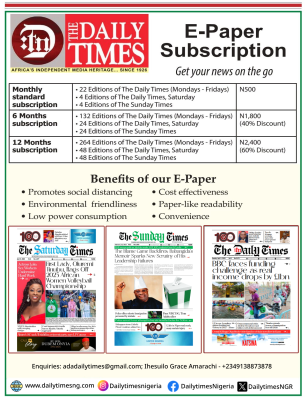When Communications Become Care: Rethinking the Role of Messaging in Public Services——Mabel Eneyo

For many people, their first and most frequent interaction with public institutions doesn’t happen in an office—it happens through a message. A letter, a tweet, a call center script. A notification on an app, or a sign on the wall of a housing office.
That’s why we need to start talking about communication in public services not just as an operational tool—but as a form of care.
Across the UK and globally, public service providers—especially in sectors like housing, healthcare, and local government—face growing pressure to do more with less. Resources are tight, expectations are high, and the people served are increasingly diverse in language, experience, and need. In this climate, every touchpoint counts. And how institutions speak to their communities can either strengthen public trust or quietly fracture it.
Yet many organisations continue to treat communication as an afterthought. A rent notice is written with legalese. A website update is buried in jargon. Social media becomes a stream of announcements rather than engagement. What’s missed in all this is that language is policy. If services are the body of an institution, messaging is its tone of voice—and tone matters.
It’s not just about clarity. It’s about empathy.
When a tenant receives a reminder about overdue rent, how that message is worded could affect whether they feel shame or relief. When a resident looks up maintenance schedules online, whether that page is accessible or confusing could determine whether they feel informed or ignored. The same applies to public health communications, benefits updates, or council announcements.
This isn’t soft science. Studies have shown that tone, accessibility, and design in public communications can significantly influence behavior, satisfaction, and compliance. More importantly, these elements shape trust—a currency every public body needs to operate effectively.
Trust is built through consistency, transparency, and relevance. It is reinforced when people feel that they are seen—not just as case numbers or service users, but as citizens and communities. The organisations that understand this are already rethinking how they communicate. They are investing in tone of voice guidelines, inclusive messaging strategies, and brand storytelling—not for aesthetics, but for impact.
There’s a misconception that “brand” has no place in public services. That it’s something reserved for private companies with products to sell. But this view is outdated. In truth, brand is not about logos or slogans. It’s about intentional communication—the kind that reflects values, builds identity, and earns attention in a crowded digital world.
Take a moment to consider a housing association’s Instagram account. Is it simply a place for posting policy updates—or is it a space where residents feel represented, heard, and informed? Does a council website speak to everyday concerns in everyday language, or does it overwhelm with bureaucracy? These aren’t aesthetic concerns. They are structural ones.
The pandemic laid this bare. When COVID-19 hit, organisations with agile, human-centered communication strategies were better able to inform, calm, and mobilise their communities. Others, lacking the digital infrastructure or the trust capital to engage effectively, struggled to reach those most at risk.
As we enter a new era of hybrid service delivery—part in-person, part digital—the institutions that thrive will be those that treat communication not as PR, but as service design.
That starts with asking better questions. Not just “What do we need to say?” but “How will this message be received?” Not “Which channel should we use?” but “How accessible is this information for the people we serve?”
The answers to these questions don’t require major budgets. Often, they require a shift in mindset. One that centers dignity, clarity, and care at every level of messaging.
The ultimate goal of public services is not just efficiency—it’s equity. And in a world shaped by screens and words, communication is where that equity begins.








